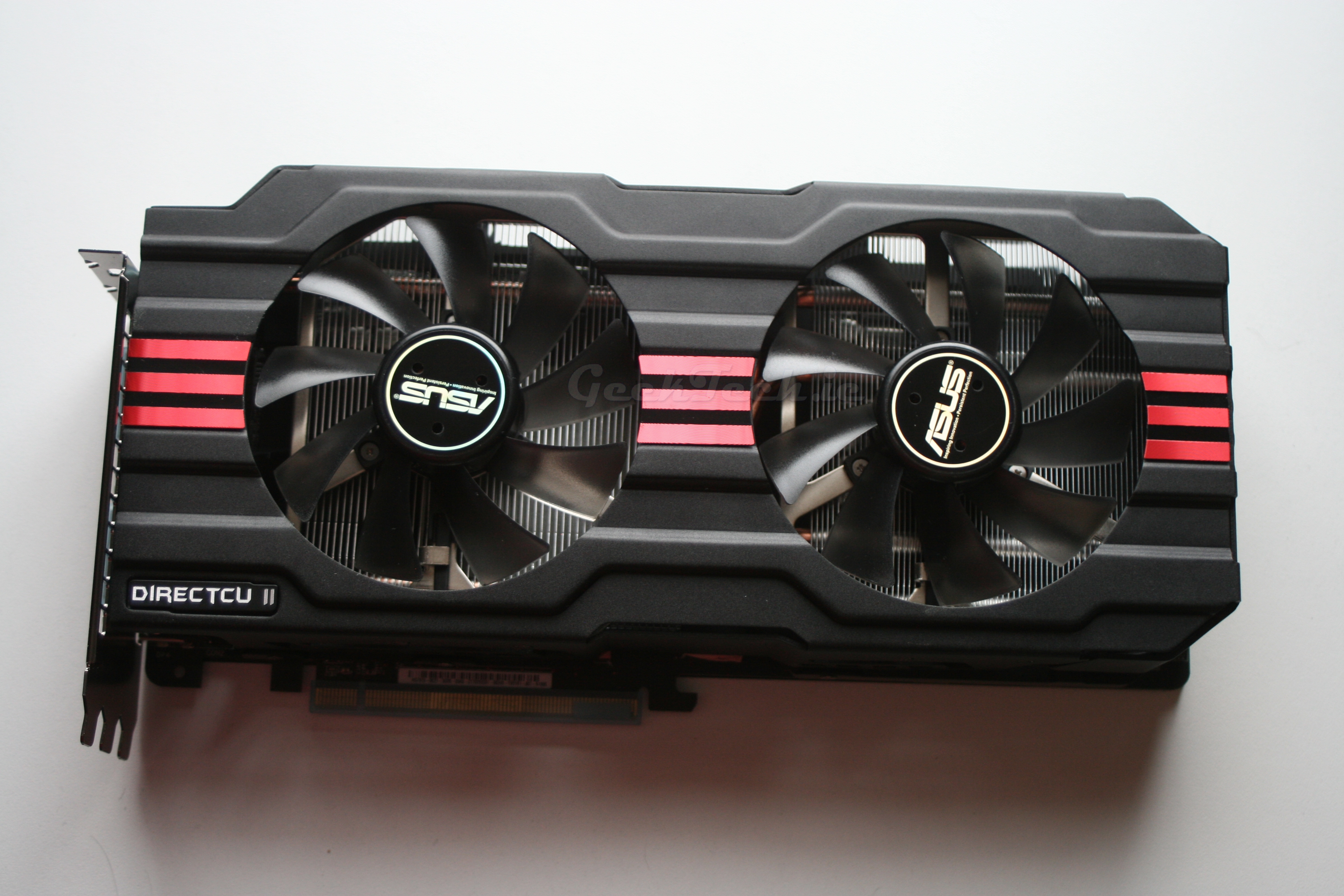
The art of the PC Gaming world always involves a great graphics card and the simple fact more performance from your graphics card means, better FPS and better looking games. This is of course assuming you don’t have anything else that would cause some form of a bottleneck, but it still comes that to the fact that your graphics card will determine the performance of your games.
So as the title says, we are here to take a look at the Asus 3G 7970 DirectCUII and find out the performance the graphics card will get you. So let’s not waste time and take a look at the specs of the card itself.
Specifications
| Graphics Engine | AMD Radeon HD 7970 |
| Bus Standard | PCI Express 3.0 |
| Video Memory | GDDR5 3GB |
| Engine Clock | 1000 MHz |
| Memory Clock | 5600 MHz ( 1400 MHz GDDR5 ) |
| RAMDAC | 400 MHz |
| Memory Interface | 384-bit |
| Resolution | D-Sub Max Resolution : 2048×1536 DVI Max Resolution : 2560×1600 |
| Interface | DVI Output : Yes x 1 (DVI-I), Yes x 1 (DVI-D) HDMI Output : Yes x 1 (via DVI to HDMI adaptor x 1 ) Display Port : Yes x 4 (Regular DP) HDCP Support : Yes |
| Accessories | 1 x CrossFire cable 1 x Power cable 1 x DVI to HDMI adaptor |
| Software | ASUS Utilities & Driver |
| ASUS Features | DirectCU Series TOP Series Super Alloy Power |
| Dimensions | 11 ” x 5.1 ” x 2.1 ” Inch |
| Note | *To have the best cooling performance, ASUS HD7970-DC2T-3GD5 extends the fansink to 2.5 slots. Please double check you Chassis and Motherboard dimension prior to purchase to make sure it fits in your system! *Support for six simultaneous displays may require complementary products compatible with DisplayPort. |
The above specs are directly from Asus.com. Here we can see that the clock speed is set @ 1000MHz which is 75MHz above the reference cards and the memory clock speed is set at 5500MHz. This is a triple slot card and has a massive heat sink and two fans and most of the card is covered in aluminum to also help with heat transfer. The main purpose of the massive heat sink is to get some decent over clocking ability and still have a very quiet graphics card.
Asus have their own GPU Tweak software, or you can use AMD in the Catalyst control centre which has its own software built-in for overclocking, there is also the choise of other third-party software that you can use to overclock the card, but before we talk about the overclocking more, let’s take a look at the card itself.
